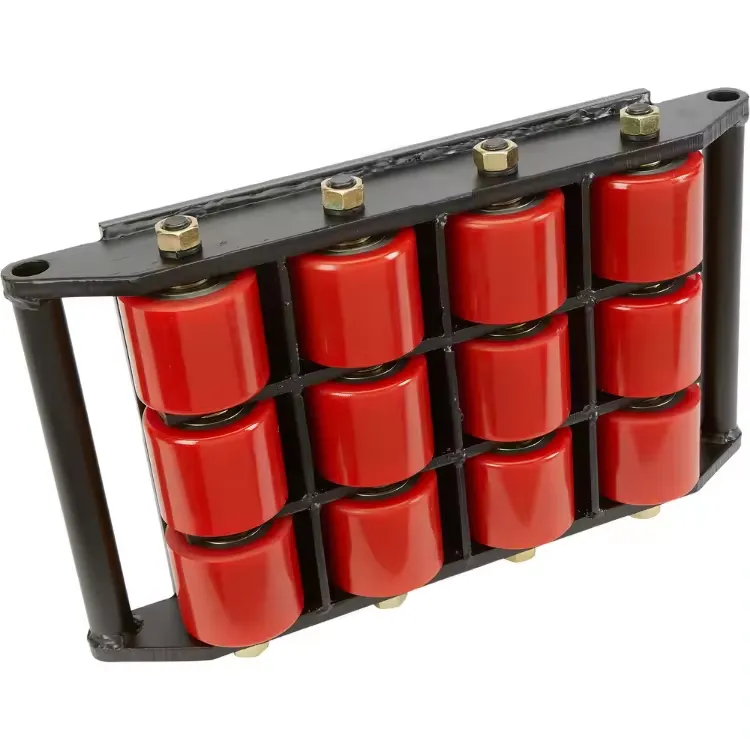portal gantries
Understanding Portal Gantries Design, Function, and Application in Modern Infrastructure
Portal gantries are structural systems commonly used in various engineering applications, from highway toll collection to telecommunications support. These robust and versatile frameworks have revolutionized infrastructure design, accommodating the increasingly complex demands of modern society. This article delves into the design, function, and widespread applications of portal gantries, illustrating their significance in today's infrastructure landscape.
What is a Portal Gantry?
A portal gantry is a type of overhead structure that typically consists of a horizontal beam supported by two or more vertical columns. This configuration allows for the gantry to span over a designated area, providing support for various functions, including the mounting of signage, traffic signals, or even equipment such as cameras and sensors.
These structures are designed to withstand significant loads and dynamic forces, making them suitable for critical applications. Portal gantries can be fabricated from diverse materials, including steel, aluminum, and concrete, allowing for flexibility in design according to the specific needs of a project.
Design Considerations
The design of a portal gantry must take into account several critical factors
1. Structural Integrity The load-bearing capacity and stability of the gantry are paramount. Engineers conduct rigorous assessments to ensure it can support the necessary equipment and withstand environmental loads such as wind and seismic activity.
2. Height and Span The dimensions of a portal gantry—its height, width, and length—are determined based on its intended purpose. Highway gantries, for example, often require substantial clearance to allow for vehicle passage below.
3. Aesthetic Integration In urban settings, the visual impact of a portal gantry is an important consideration. Architects strive to blend functionality with aesthetics to ensure that gantries enhance rather than detract from the surrounding environment.
portal gantries

4. Maintenance Access Portal gantries often support equipment that requires regular maintenance. Designing for accessibility can help reduce downtime and improve safety for maintenance workers.
Applications of Portal Gantries
Portal gantries serve a multitude of purposes across various industries
1. Traffic Management One of the most common applications is in traffic management systems. Gantries are used for overhead signage to display speed limits, lane restrictions, and information about road conditions. They can also hold cameras and sensors that monitor traffic flow, thereby supporting intelligent transportation systems.
2. Toll Collection In regions with toll roads, portal gantries are integral to automated toll collection systems. They often house electronic toll collection equipment, allowing for seamless vehicle passage without stopping for cash payments, thus improving traffic flow.
3. Telecommunications Portal gantries are employed to support antennas and other communication equipment in telecommunications. Their elevated position ensures a broader coverage area, making them essential in urban and rural development.
4. Construction Sites In construction and industrial settings, portal gantries are used to facilitate the movement of materials and equipment. They can be particularly useful in lifting loads and moving them across spaces that are otherwise difficult to navigate.
5. Railway Systems Gantries are also utilized in railway contexts, where they may support overhead line equipment or signal systems critical for maintaining safe and efficient rail operations.
Conclusion
The relevance of portal gantries cannot be overstated in our rapidly evolving infrastructure landscape. Their adaptability, structural integrity, and multifaceted applications make them indispensable in traffic management, telecommunications, and various industrial environments. As urbanization continues to expand, the need for efficient and effective transport systems will drive further innovation in portal gantry design. Thus, understanding these structures will remain a crucial aspect of future infrastructure planning and development, ensuring that they meet both current and future challenges. In summary, portal gantries are not merely supporting structures; they are crucial components of the interconnected web that facilitates modern life.
-
Unlock Seamless Relocation with Our Heavy Equipment Moving ExpertiseNewsJun.06,2025
-
Unleash Unrivaled Flexibility with Our Adjustable Gantry CraneNewsJun.06,2025
-
Unleash Heavy-Duty Efficiency with Our Industrial Gantry Crane SolutionsNewsJun.06,2025
-
Revolutionize Steel Handling with Our Magnetic Lifter RangeNewsJun.06,2025
-
Master Equipment Mobility with Premium Machinery Mover SolutionsNewsJun.06,2025
-
Elevate Your Material Handling with Magnetic Lifter TechnologyNewsJun.06,2025
-
YS Permanent Lifting Magnets: The Smarter Way to Handle SteelNewsMay.22,2025
